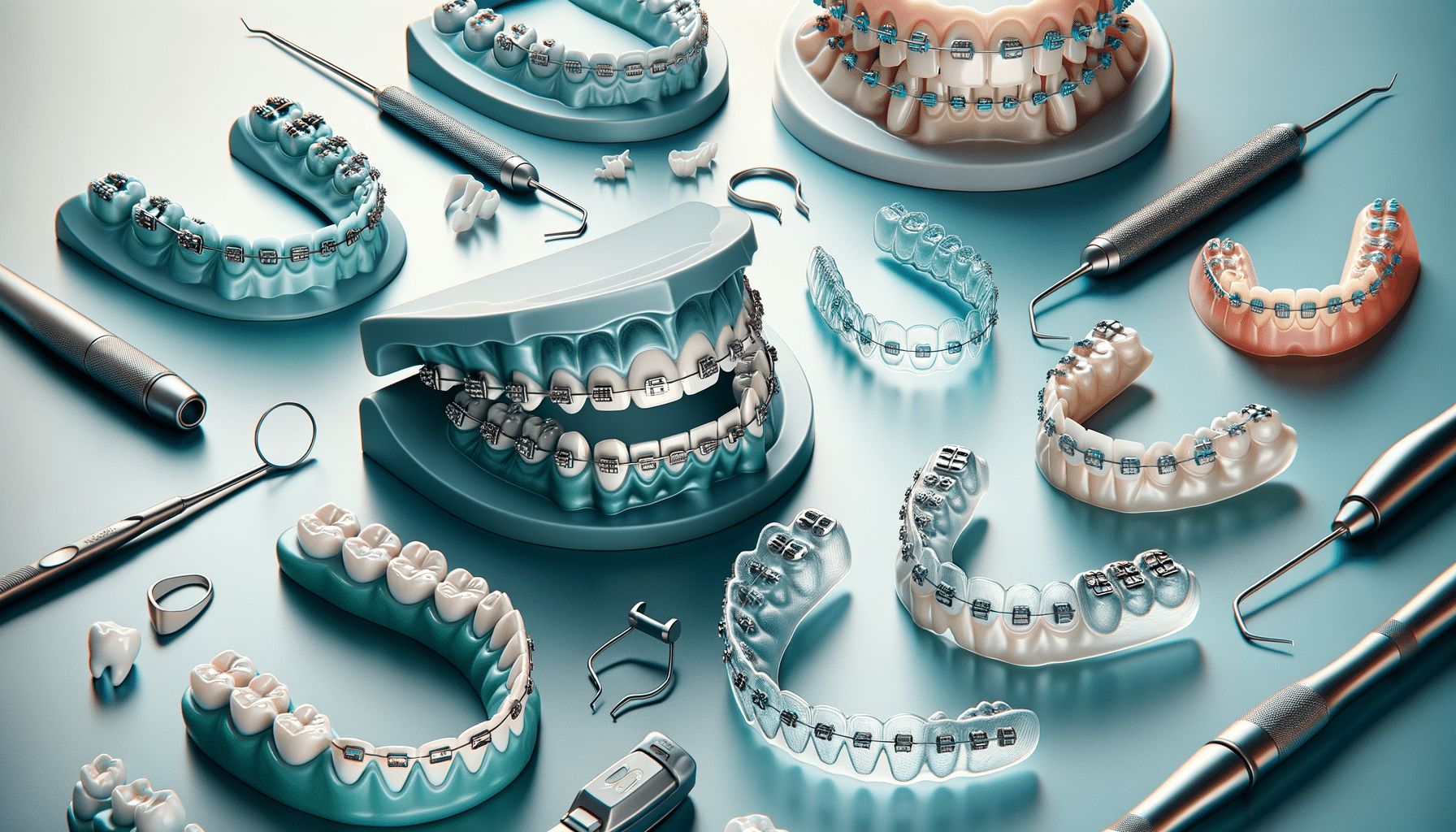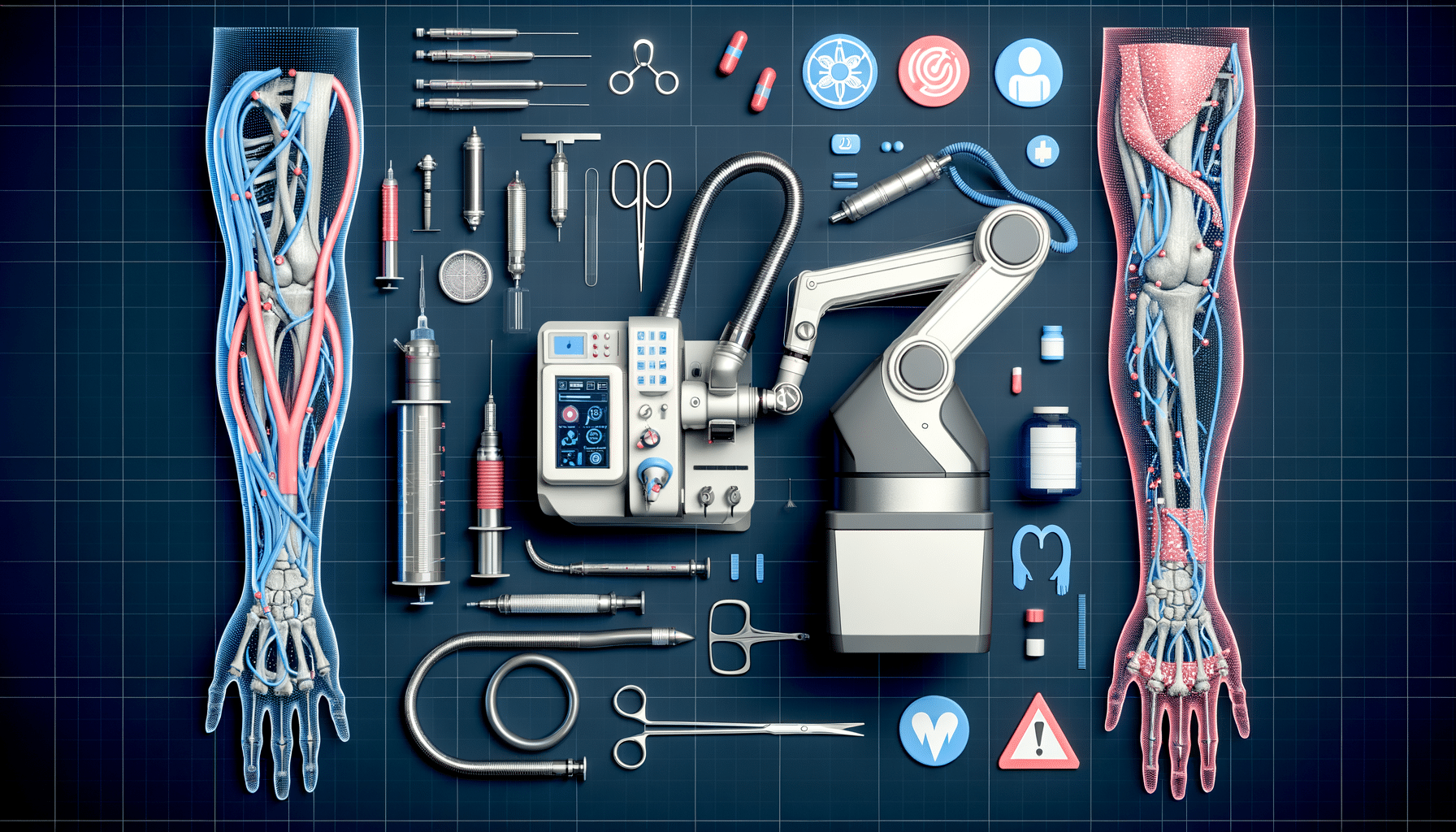
Exploring the Different Types of Braces: A Comprehensive Guide
Introduction to Orthodontic Braces
Orthodontic braces have become a vital tool in dental care, offering solutions for misaligned teeth and bite issues. The journey to a perfect smile often begins with choosing the right type of braces, a decision that depends on various factors including aesthetics, comfort, and budget. Understanding the different types of braces can help individuals make informed choices that align with their personal and dental needs.
Braces are not just about aesthetics; they play a crucial role in improving oral health. Misaligned teeth can lead to various problems such as difficulty in cleaning, which increases the risk of cavities and gum disease. Correcting these issues with braces ensures not only a beautiful smile but also a healthier mouth.
In this guide, we will delve into the different types of braces available today, each offering unique benefits for achieving a healthy, aligned smile. From traditional metal braces to modern alternatives, there’s a solution for everyone.
Traditional Metal Braces
Traditional metal braces are the most common type of braces and have been used effectively for decades. They consist of metal brackets and wires that are adjusted periodically to align the teeth gradually. Despite their visibility, metal braces are known for their effectiveness in treating a wide range of orthodontic issues.
Here are some reasons why many still opt for traditional metal braces:
- Durability: Metal braces are highly durable, making them suitable for complex dental corrections.
- Cost-Effective: Generally, they are more affordable compared to other types of braces.
- Efficiency: They offer precise control over tooth movement, which can lead to shorter treatment times.
While they are visible, advancements in orthodontic technology have made metal braces more comfortable and less obtrusive than in the past. They remain a popular choice, especially among children and teenagers.
Ceramic Braces
Ceramic braces are similar to metal braces in design but use clear or tooth-colored brackets that blend with the natural color of the teeth. This makes them a more aesthetically pleasing option for many individuals who require orthodontic treatment but are concerned about the appearance of traditional braces.
The advantages of ceramic braces include:
- Aesthetic Appeal: Their discreet appearance is a significant advantage for adults and teens who prefer a less noticeable option.
- Effectiveness: They are as effective as metal braces in correcting dental alignment issues.
- Comfort: The brackets are smoother and less irritating to the gums and cheeks.
However, ceramic braces can be more expensive and may require more care to prevent staining. They are a fantastic option for those who prioritize appearance without compromising on treatment effectiveness.
Lingual Braces
Lingual braces are a unique type of braces that are placed behind the teeth, making them invisible from the front. This characteristic makes them a popular choice among adults who need orthodontic treatment but want to maintain a natural appearance during the process.
Key benefits of lingual braces include:
- Invisibility: They are completely hidden from view, offering a discreet way to straighten teeth.
- Customization: Each set of lingual braces is custom-made to fit the contours of the patient’s teeth.
- Comprehensive Treatment: They are effective in treating complex dental issues, similar to traditional braces.
While lingual braces offer aesthetic advantages, they can be more challenging to clean and may take longer to adjust to. Their placement may also affect speech initially. Despite these challenges, they remain a preferred option for many seeking a subtle orthodontic solution.
Clear Aligners
Clear aligners have revolutionized orthodontic treatment by offering a removable, nearly invisible alternative to traditional braces. These aligners are custom-made plastic trays that fit snugly over the teeth and are changed every few weeks to gradually shift teeth into the desired position.
The benefits of clear aligners include:
- Removability: They can be taken out for eating, brushing, and flossing, making oral hygiene easier.
- Comfort: With no metal brackets or wires, they are more comfortable to wear.
- Discreetness: Their clear design makes them less noticeable than traditional braces.
Clear aligners are particularly popular among adults and teens who want a flexible and discreet orthodontic treatment. However, they require discipline, as they must be worn for 20-22 hours a day to be effective. They are ideal for treating mild to moderate dental issues and offer a modern approach to achieving a perfect smile.
Conclusion: Choosing the Right Braces for You
Choosing the right type of braces is a personal decision that depends on various factors such as the severity of dental issues, aesthetic preferences, and budget. Each type of braces offers distinct advantages, from the traditional effectiveness of metal braces to the modern convenience of clear aligners.
It’s essential to consult with an orthodontist to determine the most suitable option for your needs. Whether you prioritize invisibility, comfort, or cost, there’s a braces solution designed to help you achieve the smile you’ve always wanted. Remember, the journey to a healthier, more confident smile is unique for everyone, and with the right braces, it’s entirely attainable.


